Allow me to introduce you to someone very important for your health: Private Tim Hall.
Actually, it’s PVT TIM HaLL, a mnemonic familiar to medical students cramming for their Biochemistry 101 exams. It refers to the nine essential amino acids: phenylalanine, valine, threonine, tryptophan, isoleucine, methionine, histidine, arginine, leucine, and lysine. (Sorry, no Donner or Blixen or even Rudolph.)
Amino acids are the building blocks of protein. And proteins are essential for the growth, repair, and maintenance of tissues, as well as the production of enzymes, hormones, and antibodies. So an essential amino acid — without which you can’t make many of the proteins you need to live — is a pretty big deal.
What makes these nine amino acids “essential”? There are about 20 amino acids that make up all the proteins in our bodies (“about,” because there’s some debate about whether selenocysteine and pyrrolysine count). But the essential amino acids are considered essential (also called “indispensable,” which immediately makes me want to sing “Unforgettable,” by Nat King Cole) because humans and other mammals cannot synthesize them and, therefore, must obtain them from food or supplements.
This article focuses on PVT TIM HaLL’s second L, lysine. We’ll see that lysine does a lot of very important things, including fighting viral infections, helping your body absorb calcium, and playing an important role in the formation of collagen.
But if you look up which foods contain lysine, you’ll see a menu largely composed of animal products: meat, eggs, and cheese. If you’re a plant-based eater, you might find this a cause for concern — are you in danger of missing out on this essential nutrient?
Let’s find out!
Lysine Benefits and Uses
We’ve known about the existence of lysine since 1889 when a German chemist named Edmund Drechsel isolated the amino acid by hydrolyzing casein, a protein found in milk. (“Hydrolyzing” means breaking proteins into their component parts.) And over the years, researchers have discovered more and more critical roles that it plays in our bodies.
Is Lysine an Antiviral?
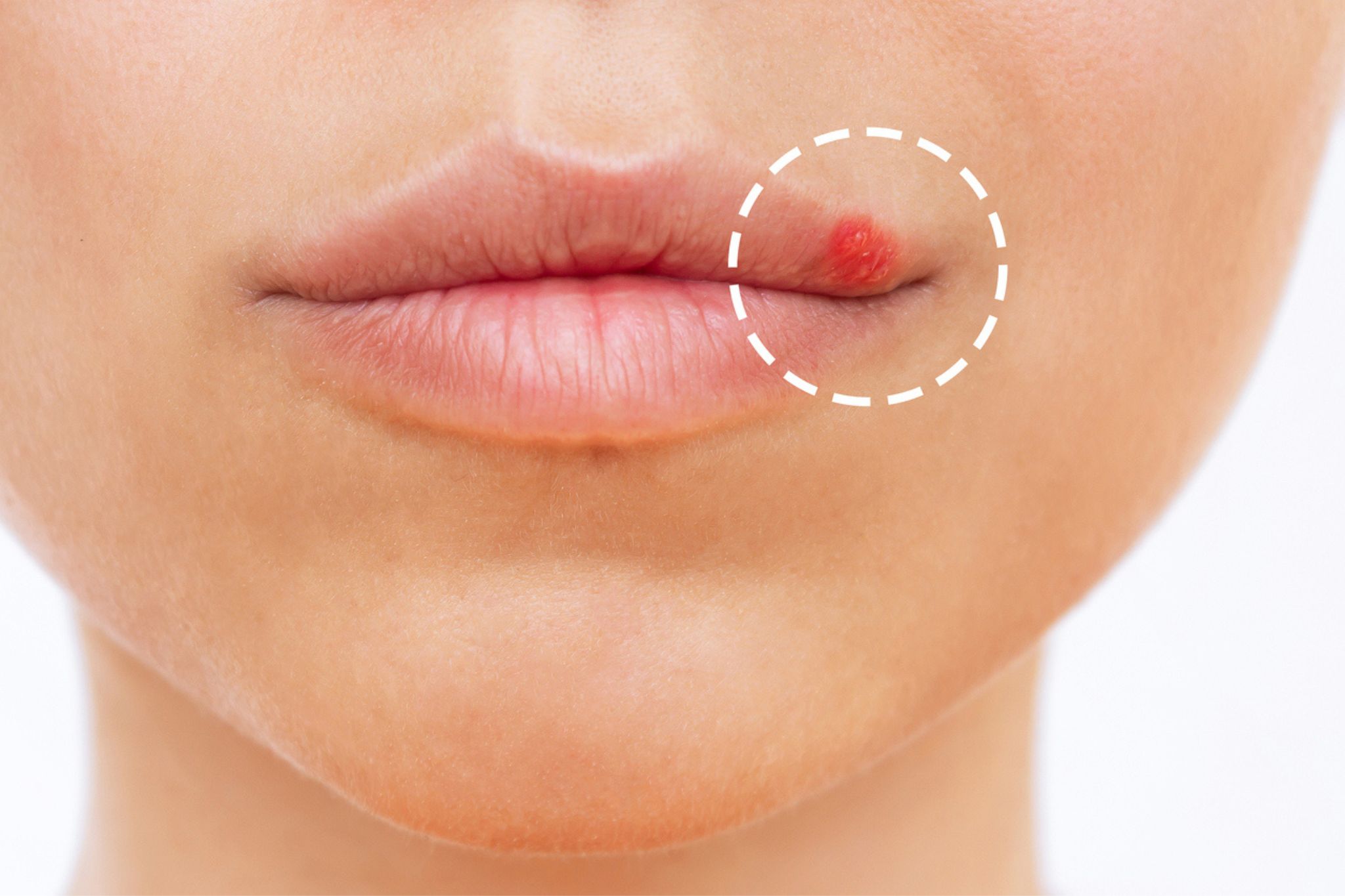
Lysine does play a role in counteracting virus infection and replication. Some viruses that infect humans need another essential amino acid, arginine, to survive and reproduce. So if lysine and arginine are out of balance in favor of arginine, those viruses can gain a foothold.
Lysine and arginine compete in a number of cellular pathways. And lysine not only blocks some of the activity of arginine but also increases the production of an enzyme, arginase, that breaks down arginine and decreases its concentration in cells.
That’s why lysine is sometimes recommended to prevent the cold sores that appear on the mouth, lips, and sometimes, the genitals, of people infected with some forms of herpes simplex virus (which, according to a 2017 study, includes about 90% of all adults). But, in theory, your lysine-to-arginine ratio seems to matter more for herpes than lysine on its own.
There have been a couple dozen studies conducted on supplemental lysine and herpes sores over the past 50 years, most of which are inconclusive due to small cohorts, short duration, or self-reporting rather than clinical evaluation. But there’s a decent amount of evidence that sufficiently high doses of lysine (in some studies, 3 grams per day) could help prevent recurrence, if not shorten recovery from an existing flare-up — especially when combined with low-arginine diets.
A 2021 study out of Taiwan also found that L-lysine (an active form of the amino acid) supplementation, in conjunction with a low-arginine diet, was effective in reducing the chances of getting infected by COVID-19 and a newly emergent strain of the influenza A virus.
And a case study on an 11-year-old girl with pityriasis rosea (which may have viral origins) also showed L-lysine’s antiviral effectiveness. After four days, new eruptions ceased, and the original lesions started to regress and fade. The authors conclude that L-lysine might be a safe way to treat pityriasis rosea to reduce both its severity and duration.
Lysine and Muscle Building
Lysine may also play a role in building muscles and enabling you to maintain muscle mass as you get older. A 2014 study from Japan tested the fetal serum of various animals and found less muscle wasting when lysine was added to the serum. (Our view on the use of animals in medical research is here.)
A 2020 study out of Greece also found that the higher the blood levels of a lysine metabolite called pipecolic acid, the greater women’s muscle mass and muscle strength. And those levels tended to drop as the women aged.
Lysine and Bone Health

Getting adequate protein is important for keeping bones strong and healthy. But until recently, scientists didn’t know if there were specific amino acids that were more important than others in terms of outcomes like bone density and risk of osteoporosis.
A 2016 UK study took a clever approach to the question by observing dietary intake and bone health in identical twins. The researchers found that the twins who consumed more amino acids, including lysine, had higher bone mineral density.
A 2020 study from India also found that lysine supplementation, along with calcium and vitamin D, could improve bone health, and, therefore, overall health and physical fitness.
Lysine Skin Benefits
As a key ingredient in collagen formation, lysine is critical for healthy skin. Through a complex series of chemical reactions that made my head spin when I read about them, lysine gets turned into substances called reactive aldehydes. These aldehydes can then interact with other parts of collagen to form strong bonds between collagen molecules.
For people with osteoarthritis, it’s very important to get sufficient lysine, as well as the amino acids proline and glycine, to help regenerate cartilage damaged by the disease.
Lysine Brain Benefits

Lysine plays a role in brain health by contributing to the synthesis of neurotransmitters — chemicals that transmit signals between brain cells, allowing for proper communication within the brain. Two of the neurotransmitters most responsible for mood and motivation, serotonin and dopamine, both depend on lysine for their existence.
Lysine also enhances cognitive function and memory by participating in the formation of collagen, the same protein that makes up skin and cartilage. In the brain, collagen provides structural support to blood vessels. By maintaining the integrity of blood vessels, lysine helps ensure proper blood flow to the brain, which is vital for delivering oxygen and nutrients necessary for optimal brain function.
For more on how to build collagen naturally for benefits to your skin and your brain, see our article here.
How Much Lysine Is Recommended?
The amount of lysine to consume for optimal health depends on your age, sex, and weight. Daily lysine intake requirements range from 64 mg per kilogram of body weight for infants (who need proportionally more lysine than adults) to 30 mg per kg of body weight for adults. The recommended upper limit is 300–400 mg/kg per day.
Check out this resource for US-recommended daily allowances of the essential amino acids broken out by age and sex.
If you’re more comfortable with your weight in pounds rather than kilograms, here’s a quick formula for lysine goals in adults: Take your weight in pounds and divide by 2.2 (that will give you your weight in kilograms). Then multiply that number by 38 to get your recommended adult daily intake of lysine in milligrams.
For example: If you weigh 150 pounds, divide that by 2.2 to get your weight in kilograms: a little more than 68. Multiple 68 x 38 to get 2,584 mg or almost 2.6 grams.
And if you’re wondering about lysine recommendations for children, here’s a handy table.
Foods Rich in Lysine
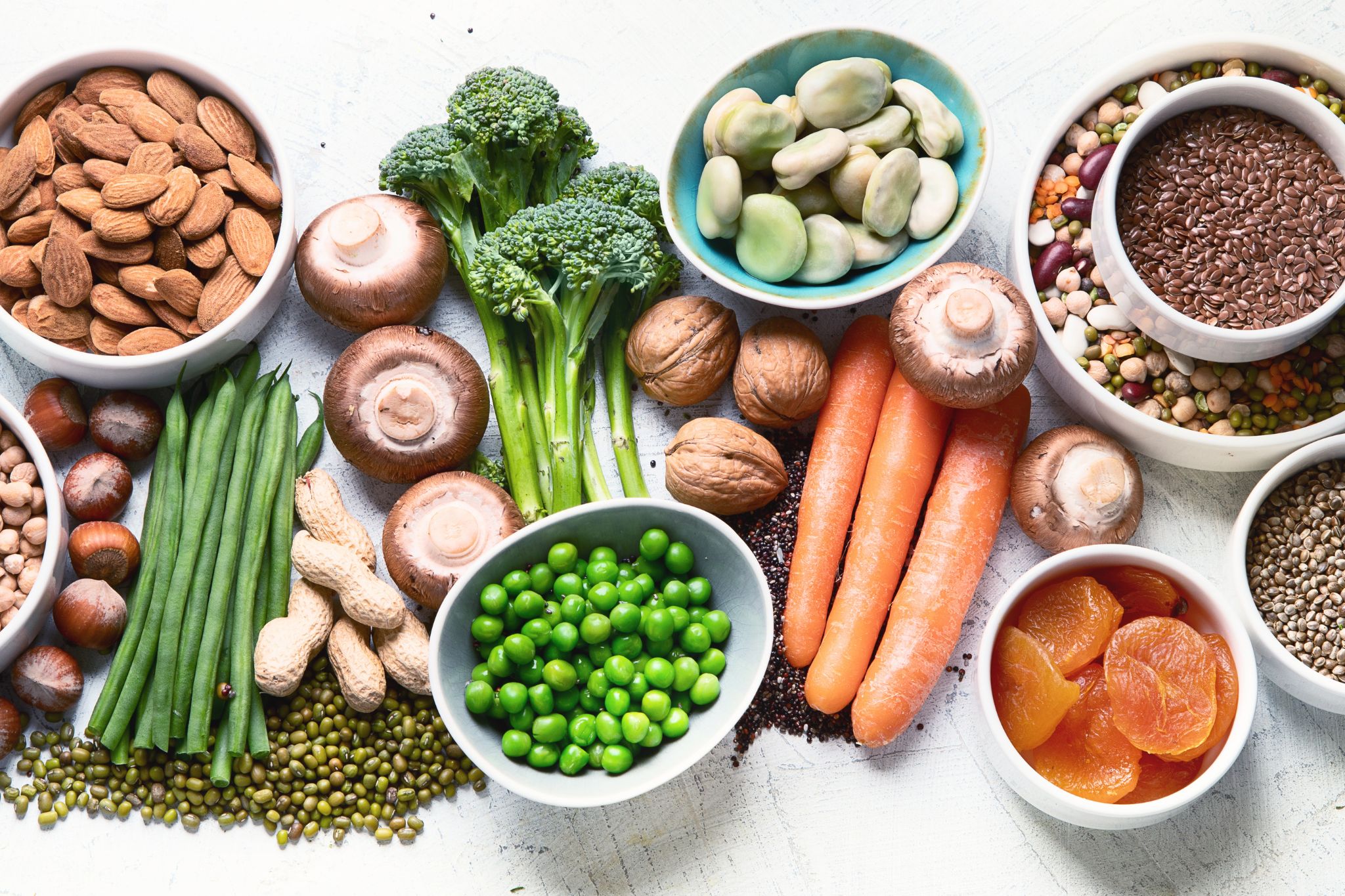
While the foods with the highest concentrations of lysine tend to be animal products, there are many rich plant-based sources to choose from.
Here’s a list of some plant-based foods that can go a long way to helping you reach your daily lysine requirements.
Lysine per 100 grams:
- Pumpkin seeds — 1,386 mg
- Tofu — 883 mg
- Lentils — 630 mg
- Almonds — 568 mg
- Navy beans — 527 mg
- Quinoa — 239 mg
- Cauliflower — 217 mg
If you have an active herpes simplex infection, the folks at VegFAQs have also compiled a list of the best high-lysine, low-arginine vegan foods.
Do You Need to Combine Foods to Get Enough Lysine?
There’s a persistent myth that people who avoid animal products have to be super vigilant about combining foods to get all the amino acids at the same time, so they can make complete proteins. This has been thoroughly debunked, as scientists discovered that all plant foods contain all nine essential amino acids.
In order to ensure sufficient lysine intake, all you may need to do is get enough protein overall — no measuring of specific amino acids is necessary. That’s because some foods are higher in one particular amino acid, while others are higher in another one. If you’re eating a balanced diet with a variety of whole plant foods, you’re probably getting more than enough protein, and the amino acid ratios just tend to work out.
Your body is much better at doing these calculations than your mind, and it’s adopted the elegant strategy of maintaining pools of free amino acids that it can use to do all the complementing for you.
For an in-depth look at plant-based protein, see our article here.
What About Lysine Supplementation?
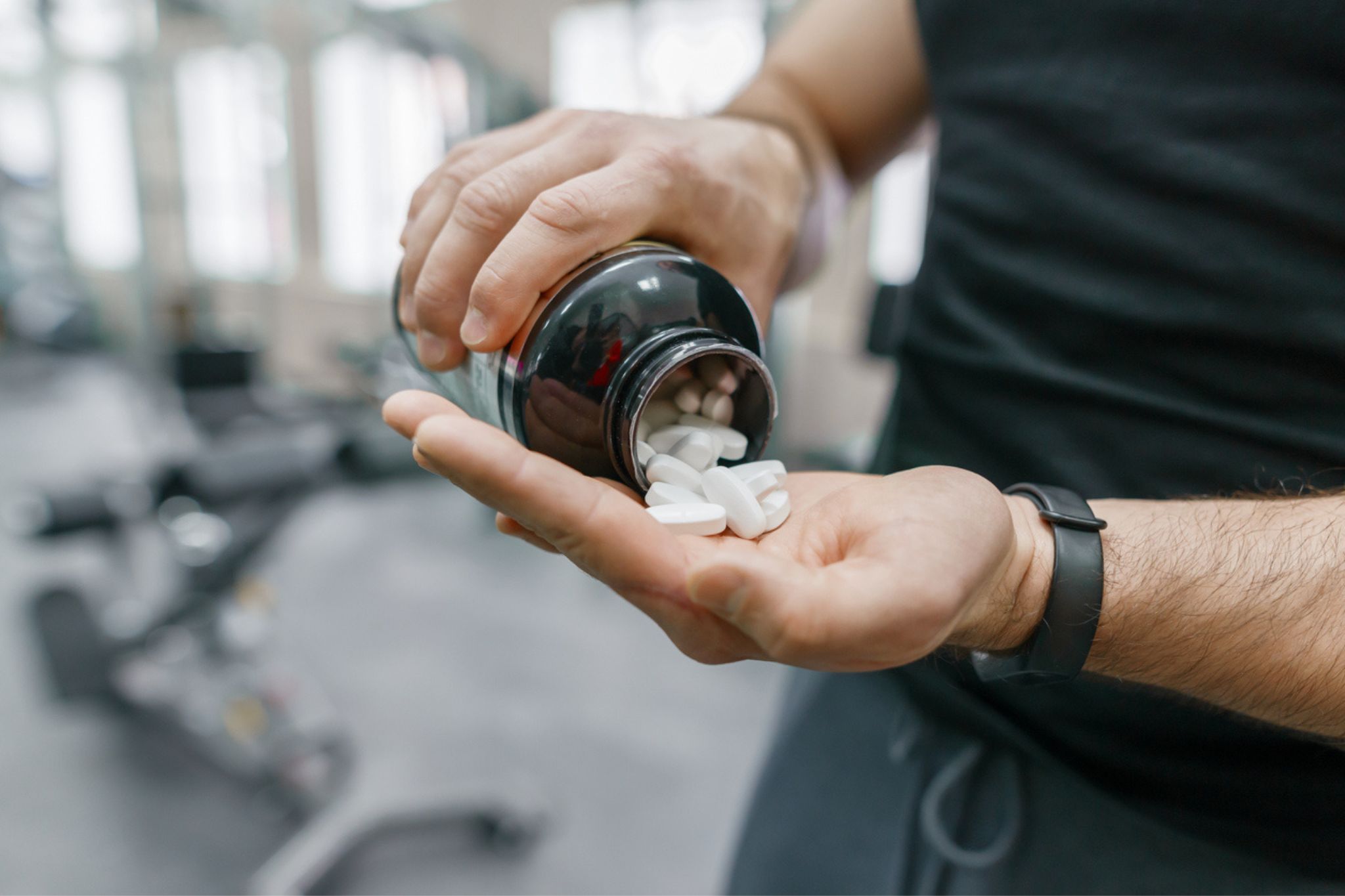
While most people can get all the lysine they need from a balanced and varied whole food, plant-based diet, a few groups may have special needs for lysine that would require supplementation. For example, burn patients may benefit from supplemental lysine as they recover. And people prone to herpes simplex cold sores may want to supplement with 500 mg a day (or even more) for prevention, especially during times of high stress. If you are dealing with an active herpes outbreak, some studies indicate that supplementing with three grams per day may be beneficial.
However, because supplements are isolated nutrients, they may not always agree with our bodies in the same way they would when consumed as food. L-lysine is the biologically active isomer of lysine used in supplements. And you can probably take up to 6,000 mg/day safely without triggering any adverse reactions. But some people may be sensitive to supplemental L-lysine and experience nausea, stomachache, or diarrhea.
Plant-Based, Lysine-Rich Recipes
As we learned, lysine is essential for our immune system and protection against viral infections in the body. Luckily these protein-rich recipes are a tasty way to ensure you’re getting plenty of lysine (and a few other immune-supporting nutrients as well) in three delicious and easy-to-prepare dishes!
1. Pumpkin Seed Pesto
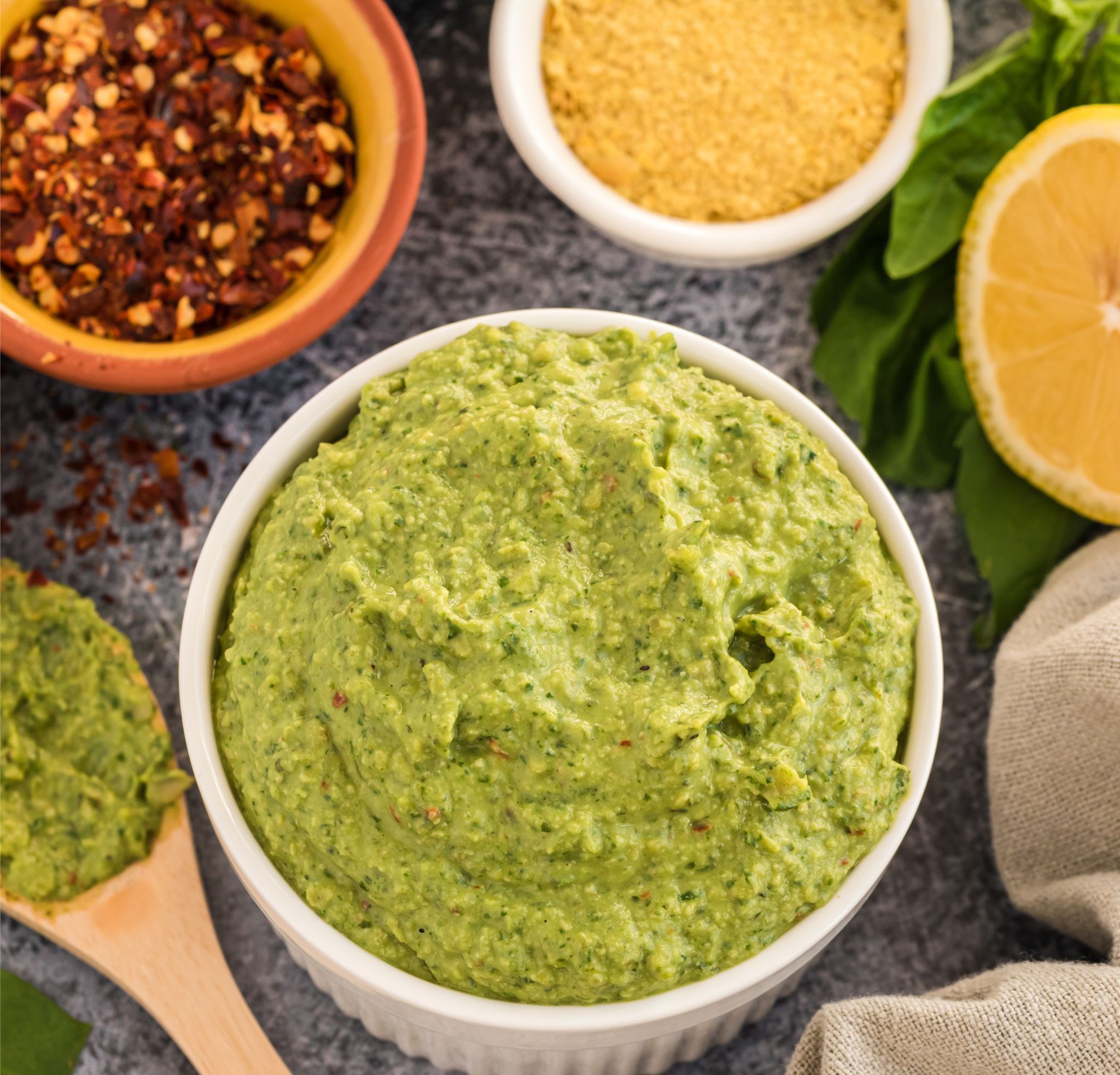
Pumpkin Seed Pesto is a delicious way to boost your lysine consumption (and a few other essential amino acids) with ease. Pumpkin seeds are a real superfood and one of the top plant sources of lysine. This seedy, herby spread is also a great source of iron, magnesium, and zinc. With so many nutrient-rich ingredients that contribute to a healthy diet, this spread is sure to become a household favorite in no time!
2. Lentil Quinoa Meatballs
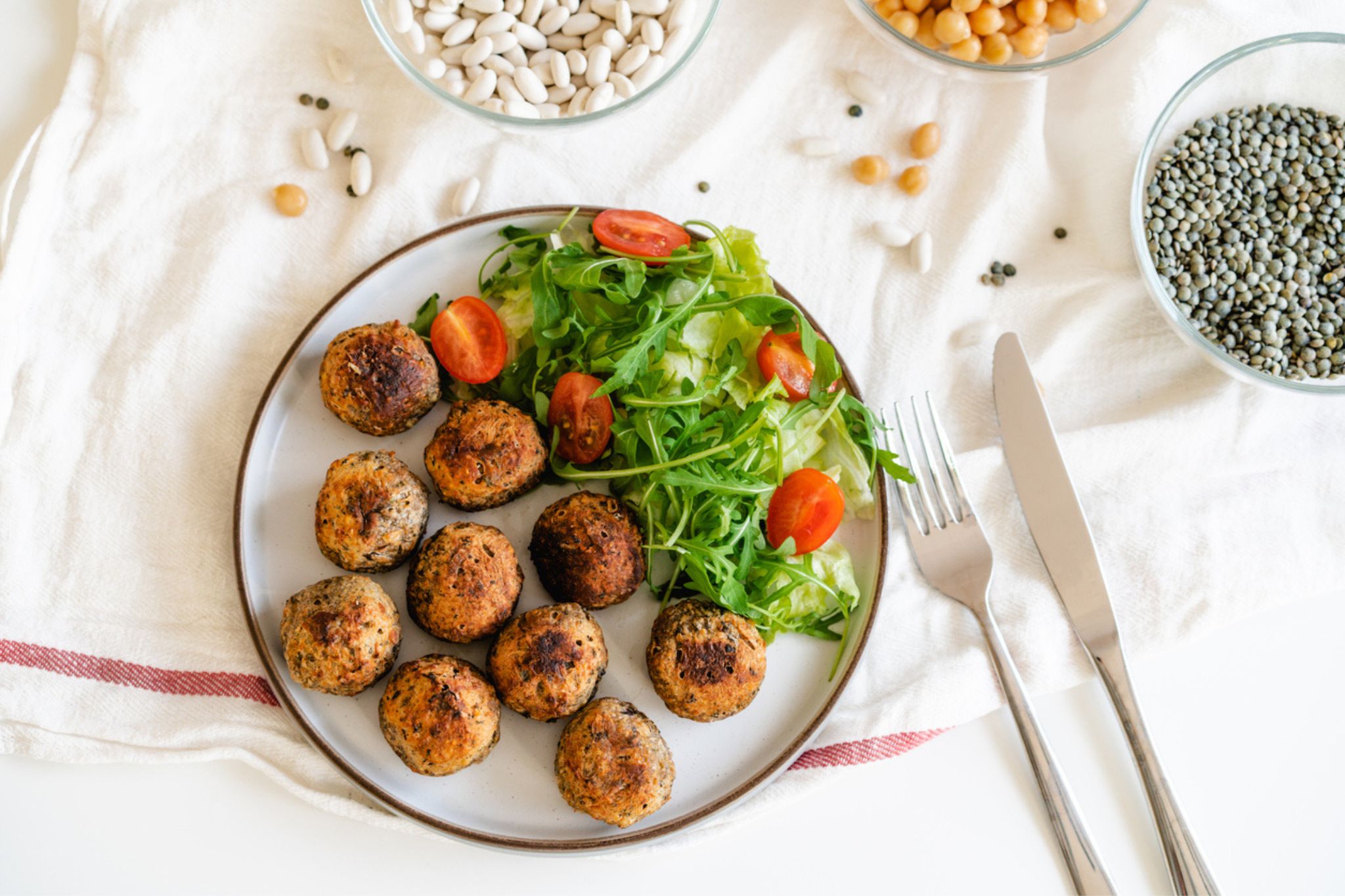
These Lentil Quinoa Meatballs are one of the tastiest ways to enjoy and ensure your daily lysine intake. Both lentils and quinoa are protein powerhouses, and the addition of sunflower seeds adds even more lysine. With eight grams of protein and fiber per serving, these delicious bundles of whole food goodness offer oodles of vital nutrition!
3. Chocolate Cream Dream Pie

This seemingly indulgent chocolate pie gets its creamy texture from none other than silken tofu. Not only does the tofu offer a delightfully smooth mouthfeel, but it’s also loaded with plenty of plant-based lysine (and all the other amino acids, too) for a healthy dessert that is satiating and nourishing. Whip up this chocolaty concoction for a special occasion or to punctuate the end of an equally nutrient-dense meal.
The Low-Down On Lysine
Lysine is an essential amino acid necessary for good health. It offers important health benefits, including antiviral support, muscle building, bone health, skin health, and brain function. While animal products tend to have higher concentrations of lysine, plant-based foods like pumpkin seeds, tofu, lentils, almonds, and quinoa can provide substantial amounts, too.
While lysine supplementation may be necessary for specific cases, such as burn patients and those suffering from frequent cold sores, it is generally recommended to obtain nutrients from a well-balanced diet rather than relying solely on supplements. But if you want to supplement lysine or a high-quality plant-based protein, it’s generally safe for most people (and might be beneficial for some). As always, it may be advisable to consult with a health care professional for individual dietary needs and considerations.
Tell us in the comments:
-
Did you learn anything new about lysine from this article?
-
What are your favorite plant-based foods that are high in lysine?
-
Which high-lysine recipe will you try next?
Featured Image: iStock.com/Zerbor



